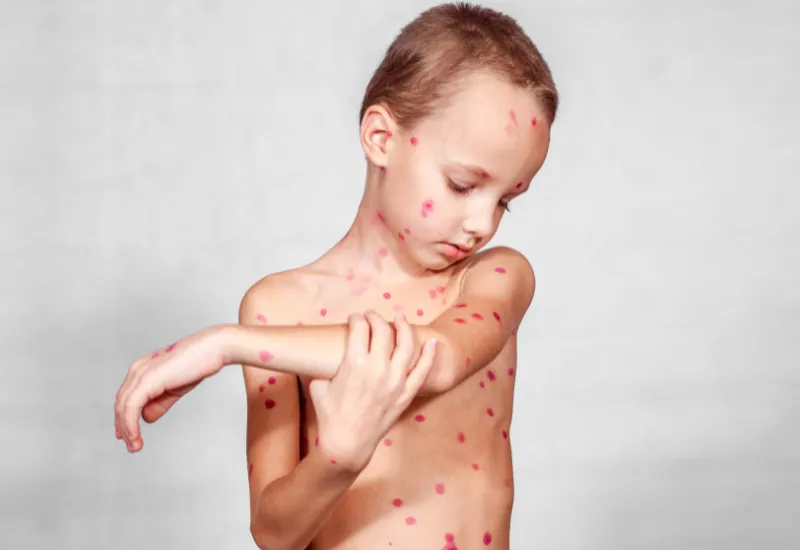One of the world’s most common diseases, chickenpox has plagued our earth since the late 19th century. In fact, it goes beyond that as it is a branch of the more serious smallpox virus.Irrespective of where you come from, or where you live, you are at risk of getting this virus.Because of how common this disease is, you should be prepared to face it head-on. This blog will help walk you through the basics of chickenpox, what it is, what it does, and what to do when you have it.
What is Chickenpox?
Chickenpox, also known as Varicella, is an extremely contagious infection. Infecting over 3.5 million people per year globally and leaving around 4000 to 9000 people in the US hospitalized.
Moreover, around 100 people in the US die every year because of this virus. The virus enters the body when contact has been made with someone who is already infected. It is spread between people through contact with the blemishes that get formed, such as breathing in the particles that come from the blemishes or touching an object that has been infected with the blemishes.
Children who are of school-going age are at most risk with 90% of the cases appearing in children that are very young. Nevertheless, it is not uncommon for older kids to get chickenpox as well.
What Does Chickenpox Do?
The biggest symptom of chickenpox is the red blemishes that are formed all over the body. The skin becomes unbearably itchy as well. This is known as the chickenpox trademark and should be the first clue that the patient is infected. These symptoms can appear 10 to 21 days after being in contact with the virus.
Therefore, when it is first noticed that the spots have appeared the patient should be isolated and their effects should be sanitized. This should be done in order to ensure that the virus does not spread from one person to the next.
Over the course of 21 days, the blemishes will keep appearing on various parts of the skin and many of them will pop. This will lead to the liquid in them to leak out and spread everywhere, therefore, infecting many more people in the process. This is why it is recommended that you not scratch or pop the blemishes in order to contain the infection. However, this becomes difficult as the skin is very itchy and it is very tempting to scratch.
What Should One Do?
When a patient has been recognized as being infected with the virus they should immediately be isolated, preferably in a separate room. Their effects should be sanitized and their cutlery should be separated. This should be done in order to contain the spread of the virus.
If the patient is a school-going child then the child should take a leave of absence from the school and the administration should be notified of the infection. This way they can be prepared for a possible outbreak on their school grounds.
Chickenpox tends to not be very serious and it can go away with time. However, there are still some treatment plans which one can follow in case of a medical emergency. For example, one may apply calamine lotion on the blemishes in order to control the spread and make them less painful. Moreover, one can also take paracetamol as one of the symptoms of chickenpox is also a fever.
Finally, there are also chickenpox vaccines that are available and are effective in preventing infection.
However, if you feel that your symptoms have largely increased or are not going away, then please consult a doctor. This is where a virtual consultation is a great idea as you do not risk other people getting infected as well.












